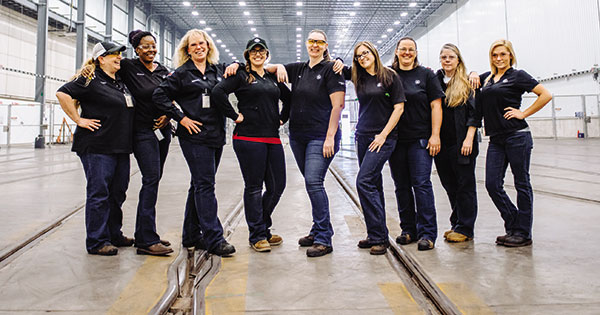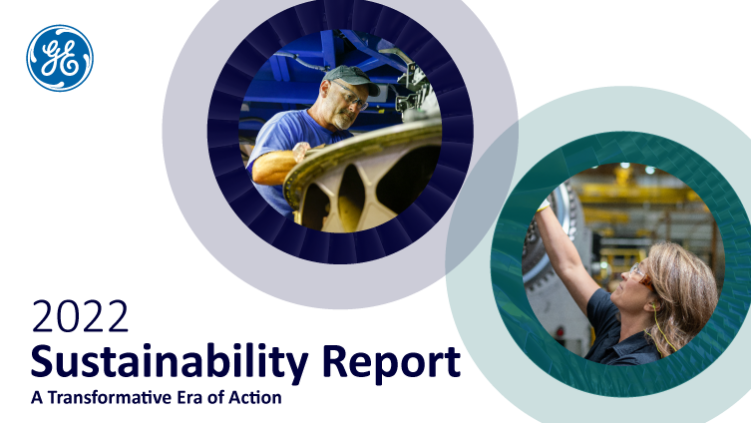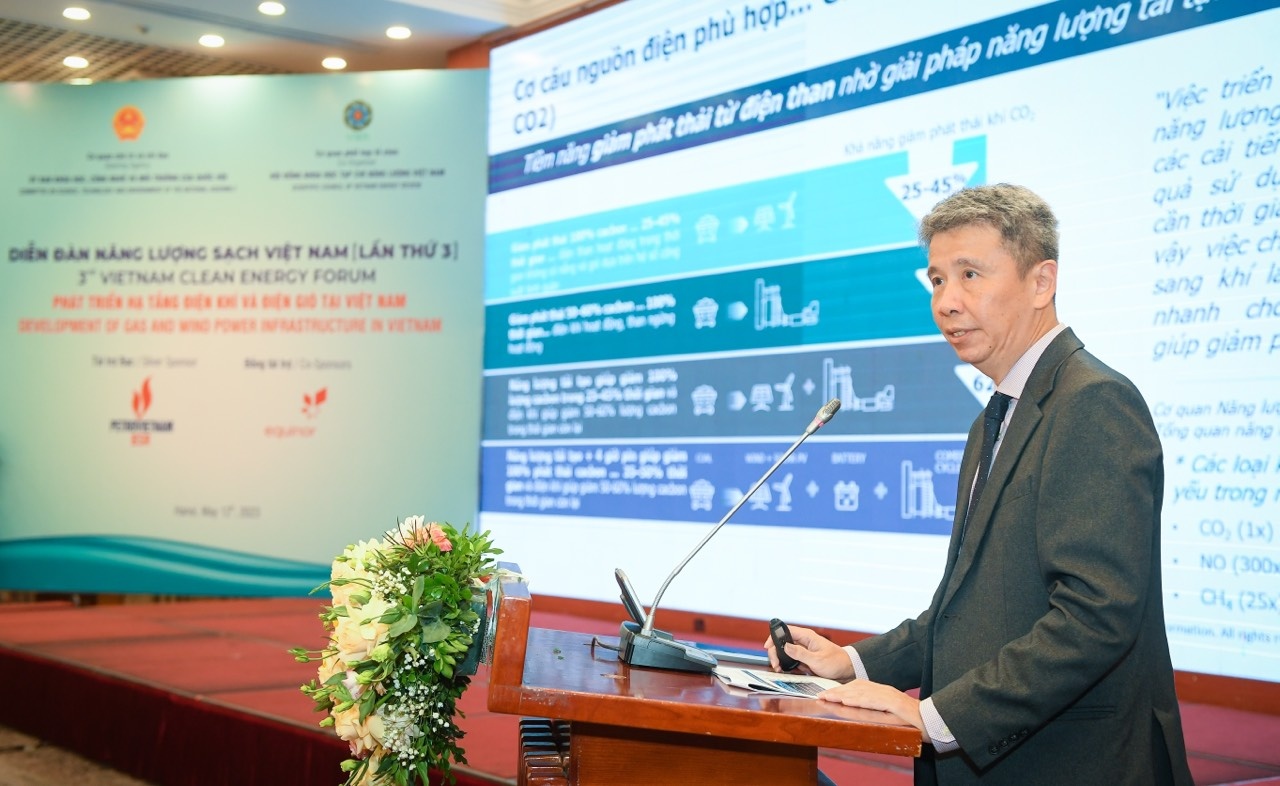Raising the profile of women in STEM
 |
BARRIERS TO WOMEN IN STEM
In an era when women are increasingly prominent in medicine, law, and business, why are there so few women scientists and engineers? And while many sectors have changed to become more representative, the areas of science and technology have lagged behind.
The science, technology, engineering and math (STEM) workforce is crucial to global innovative capacity and competitiveness.
Yet women are vastly underrepresented in STEM jobs and among STEM degree holders despite making up nearly half of the global workforce and half of the college-educated workforce. There is an untapped opportunity to expand STEM employment in developed countries such as the United States, amid wide agreement that the nation must do more to improve its competitiveness.
Technology and engineering suffer from a lower participation rate of women, holding back the pace at which these sectors can advance and their overall contribution to the economy. In the US today, women account for 47 per cent of total employment, but just 27 per cent of manufacturing employment. These percentages are even lower in the engineering and IT sectors, with women encompassing only 14 per cent of all engineers and 25 per cent of IT professionals. This under-representation corresponds to leadership roles as well.
While the world has made significant progress in closing the gender gap in health and education albeit with significant differences across countries and regions the economic gap remains wide, especially in areas that are vital to growing the economy.
Data driven research proves that gender diversity is essential to economic competitiveness. One study found that gender diverse companies performed 53 per cent better than lesser ones, including a 35 per cent increase in return on equity and a 34 per cent increase in total returns. The economists have discovered that a gender shift could increase company revenue by 41 per cent. These are just two, of many, data points that illustrate why gender parity is vital for business, and for the world.
Closing the gender gap would result in a wider pool of highly qualified talent, leading to better teams, more innovation, and higher productivity. To leave the gender gap unaddressed is like leaving money on the table it creates a substantial economic cost. Closing the gender gap increases the probability of finding the best talent for any given job, whether it’s on a factory floor or in a research lab. And the economic benefits are clear: The World Economic Forum’s (WEF) Global Gender Gap shows a high correlation between a country’s economic growth and its gender gap. In other words, the greater the contribution of women across industries, the faster living standards can rise.
 |
GE AMBITIONS
Having made efforts to balance the equation, GE currently employs 14,700 women in engineering, manufacturing, IT and product management, representsing 18 per cent of the company’s technical workforce. GE is aggressively pursuing a plan to grow their numbers even further by setting goals of having 20,000 women fill STEM roles at the company by 2020 and obtaining 50:50 representation for all its technical entry-level programmes.
It strongly believes a company that changes the world, should reflect the world. GE says this push builds on an already strong foundation. Its most recent Edison Engineering Development Programme’s class was 50 per cent female almost three times the national average of women engineering graduates. The 20-year-old GE Women’s Network provides knowledge sharing and mentorship for women at all stages of their careers. GE says 50,000 employees are active across the network’s 150 active hubs in 50 countries.
Of course, for women to fill these roles, they have to study engineering in the first place. Several female engineers currently employed at GE tell how they were the only woman in their undergraduate engineering classes.
“Out of 30 students in a class, there were usually three females and all three of us knew each other,” said Amanda Breeden, manufacturing engineering leader at GE Healthcare. “So, you know when you go into the field, especially mechanical engineering, that it’s going to be a male-dominated industry.”
Hiring more talented women isn’t enough. The best in the field must be recruited and retained. GE has committed to continuing to support STEM education, working with governments and educators to build participation amongst women- and provide opportunities for challenging and fulfilling jobs for women within GE, while making the business case for more inclusiveness.
GE also will continue to benchmark, explore and implement employee programmes and benefits that foster an inclusive culture to enable flexibility for working families and where all employees can thrive, such as family-friendly work, affordable childcare and enhanced parental leave.
CLOSING GAP BRINGS BENEFITS
The digital revolution of industry creates a greater sense of urgency for technology companies to tap into the entire talent pool to realise sustainable, competitive advantage. This is an economic necessity - closing the gender gap could increase GDP by up to 10 per cent and address 2 million job skills gaps in the technical and engineering sector.
Data shows that women are still massively underrepresented, with 13-24 per cent of IT and engineering positions globally held by women, and just 17-30 per cent of these ascending to senior leadership positions.
With GE’s ambitious goals of having 20,000 women fill STEM roles by 2020, the strategy will significantly increase the representation of women in the engineering, manufacturing, IT and product management roles at GE – which is necessary for it to fully transform into a digital industrial company for the future.
While efforts have been made within the sector, through education, funded initiatives and the emergence of non-profit discussion, progress has been slow on this issue. Technical and engineering sectors are still male dominated and the pipeline for future talent is currently insufficient to meet future needs.
GE believes that the commercial and socio-economic imperative, coupled with the ongoing challenges of recruiting and retaining top female talent in STEM jobs, means business has a critical role to play in accelerating and intensifying efforts across the technology sector.
“Unless we bring more women into technology and manufacturing, there will be a significant negative economic impact on the sector. Businesses must actively address this problem,” said Annunziata, GE chief economist Marco.
GE’s holistic approach outlines clear actions, including the re-examination of its executive school portfolio to more clearly align with the company’s focus on digital industrial capabilities, and the introduction of a Chief Technology Advisory Council to inform future retention strategies, including career advancement and leadership development opportunity.
What the stars mean:
★ Poor ★ ★ Promising ★★★ Good ★★★★ Very good ★★★★★ Exceptional
Latest News
More News
- Addressing Vietnam's energy challenges with aeroderivative gas turbines (February 28, 2023 | 09:33)
- How to sprint ahead in 2023’s worldwide energy priorities (February 08, 2023 | 13:55)
- Boosting Vietnam's grid stability through gas turbine technology (November 22, 2022 | 20:02)
- Healthcare trio collaborates to provide thousands of free breast scans (October 27, 2022 | 17:19)
- GE Healthcare's vision for AI-backed radiology (September 29, 2022 | 11:53)
- GE brand trio to shape the future of key industries (July 19, 2022 | 15:35)
- GE unveiling brand names and defining future (July 19, 2022 | 15:16)
- GE: the shortest route towards sustainability (July 18, 2022 | 08:00)
- Be proactive in an uncertain world (May 20, 2022 | 11:40)
- GE secures first 9HA combined cycle power plant order in Vietnam (May 16, 2022 | 17:06)

















 Mobile Version
Mobile Version